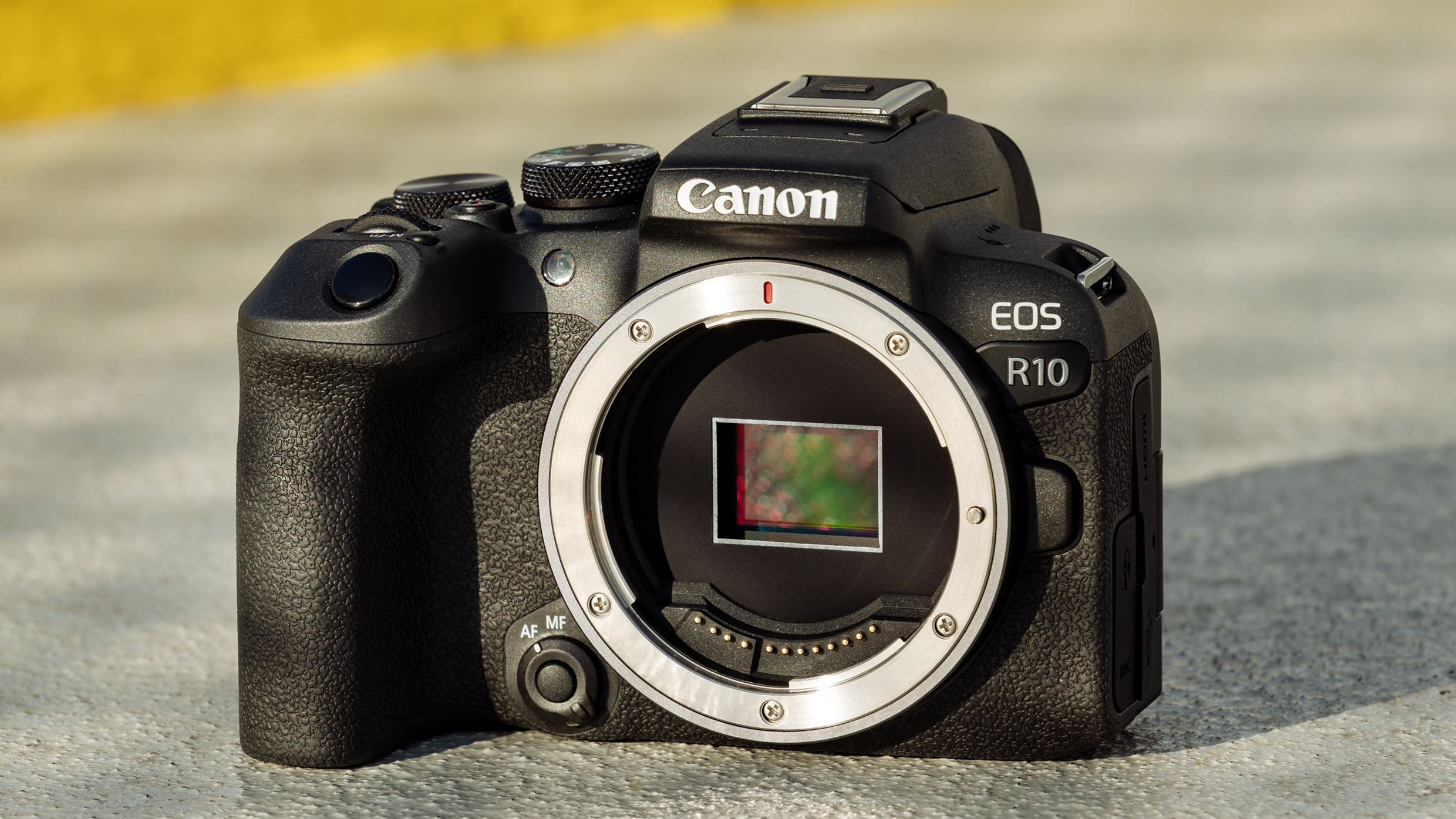Canon's new camera sensor could revolutionize dynamic range
Canon's latest stacked sensor can apply different exposures to select areas of its sensor shaking up HDR imaging

Canon has designed a brand new stacked CMOS sensor, which not only has a massive dynamic range of 148dB but also has newly developed "exposure by area" technology – enabling the camera to expose different areas independently from one another.
Now, before we all get too excited, this sensor has been designed for Canon's range of security cameras – but we can only assume that it is a matter of time before aspects of this technology trickle down to consumer cameras.
• The best Canon cameras have some of the best tech in the business
According to the latest from Digital Camera Info, the stacked sensor has been developed with two layers: a standard layer of pixels, and a central processing unit (CPU) layer that performs exposure calculations – including exposure by area variations.
An exposure by area sensor is a game-changer as it enables cameras to regulate different exposures for different areas of an image. This solves the continual problem of HDR imaging for moving subjects, if the subject can be properly exposed in a single image and then HDR processing applied to other static areas of the image.
HDR imaging currently takes a series of photos, all at different exposures, and then combines these multiple images into one composite image that is properly exposed, with the highlights and shadows leveled out. HDR images, however, do not work effectively with moving subjects, as the subject movement between the multiple shots causes the subject to blur or replicate in what is called ghosting.
As shutter speeds have increased, HDR with moving subjects is becoming less of an issue. Canon itself offers a moving subject HDR mode on the Canon EOS R6 Mark II, but this is limited to JPEG output only – and in our tests, the images had a very processed look to them. An exposure by area method may well minimize the areas that require HDR processing, offering a more natural look to more of an image.
The best camera deals, reviews, product advice, and unmissable photography news, direct to your inbox!
AI has increasingly stepped in to fill in the gaps in sensor technology when it comes to HDR, with the latest phones from Apple, Samsung, and Google offering additional AI processing. This has been taken even further in the latest Google Pixel 7 phones, with Pixel Motion Blur using AI to recognize blurred subjects and 'unblur' them entirely using software trickery. And cameras like the OM System OM-1 are real specialists in computational photography, so there is plenty of room for growth.
'Exposure by area' photography could be a huge boon if it comes to consumer cameras, with endless possibilities for faster HDR with more natural-looking results.
You can read more about the latest products from Canon in our guide to the best Canon camera. Or you can learn more about editing HDR images with the best photo editing software or the best HDR software.

Gareth is a photographer based in London, working as a freelance photographer and videographer for the past several years, having the privilege to shoot for some household names. With work focusing on fashion, portrait and lifestyle content creation, he has developed a range of skills covering everything from editorial shoots to social media videos. Outside of work, he has a personal passion for travel and nature photography, with a devotion to sustainability and environmental causes.
